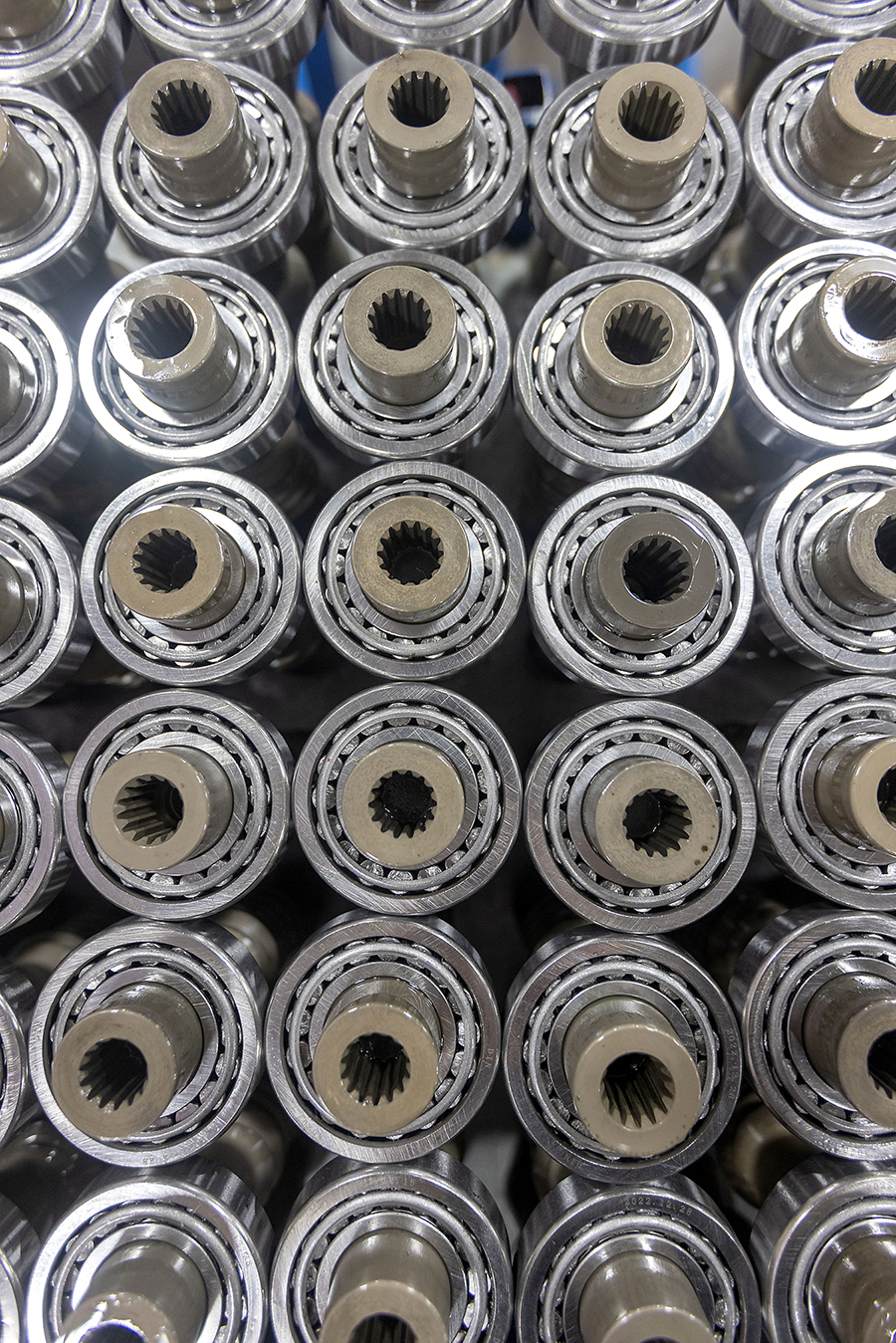
Tell us about Kinematics.
For nearly three decades, Kinematics has delivered customized, robust solutions to customers with mission-critical applications. With a variety of motion-control solutions, there’s virtually nothing we can’t do to satisfy our customers’ needs.
What is your role at Kinematics?
I’m a senior product engineer at Kinematics. I’ve been with the company just over eight years. My 40-plus years background and expertise is with gear design and manufacturing. I’ve worked in pretty much all aspects of gearing. I also provide roller bearing design and application analysis, plus structural design and analysis. My support function at Kinematics is current product support, customer applications support, and new product design.
What types of techniques and equipment does Kinematics use for its gear production?
We use industry standard equipment. Recently, we’ve totally relocated and retooled our factory in Jiangyin, China, roughly doubling the size of the plant. We’re working toward approximately doubling the manufacturing output volume. It’s a brand-new operation with majority new machine tools of all types, complete with automation. It’s truly a state-of-the-art factory.
How do you provide extensive materials testing?
We have our own internal testing, but we also outsource much of our materials testing. Our company is headquartered in Phoenix, and we’ve partnered with an excellent metallurgical services company with full capability just around the corner from our Phoenix offices. We use them extensively for doing materials testing. We have exhaustively tested our own materials, heat treated to our specifications, to obtain a clearer definition of materials capacities rather than simply referring to published data.

What differentiates Kinematics product from the standard worm drives?
Kinematics customer applications demand more gearbox capacity than that of industry standard worm drives. Standard drives typically use a bronze worm wheel with a steel worm. Kinematics products use much stronger worm wheel/output gear materials for increased drive capacity. Kinematics widely uses austempered ductile iron output gears in solar application drives and case-hardened alloy steel in industrial drives applications. Our customers appreciate the higher capacities and reliability of our products.
What types of processes do you use to perfect your gearing?
We use a gear-design optimization process to maximize gear-mesh capacity. We use proprietary methods and means to optimize the available volumetric space for the gear pair, so that within a given space, you have maximized torsional output capacity. We utilize an iterative gear-design process where you’re changing design parameters, looking at the resultant root fillet and Hertzian contact stresses. When you have iterated to the point that you have minimized the stresses, then you have optimized the gear design. Since my time at Kinematics, we have been able to increase drive capacities for some high- volume solar designs by as much as 30 percent.
Do you use any types of heat-treating applications for the gearing after you create them?
Yes. We have worms, worm wheels, and output gear types; all of those gears are heat treated. In the case of our gear materials, it’s either the quench and temper process for gear-alloy steels, or it’s austempering process for the ductile iron that we use in many of our gears. We also use the nitriding treatment process on worm components.
What is low backlash gearing, and why is it important?
Low backlash gearing is gearing with minimized free angular movement between the worm and gear; that is, the clearance in the gear pair is minimized. This allows for more precise output gear positioning control. There is less arc distance between the worm and the output gear with a lower backlash gear mesh design compared to a higher backlash gear set. The reason it’s important is because certain customers require better pointing or positioning accuracy depending on the application. An example of an application requiring good pointing/positioning accuracy is satellite ground station applications.
MORE INFO www.gokinematics.com
























